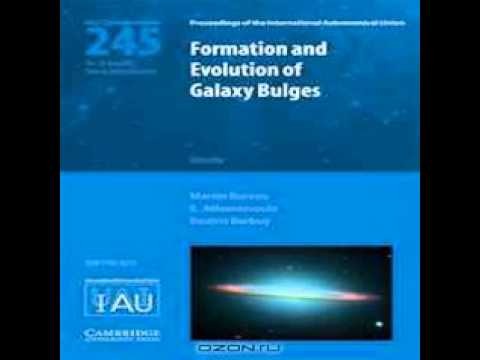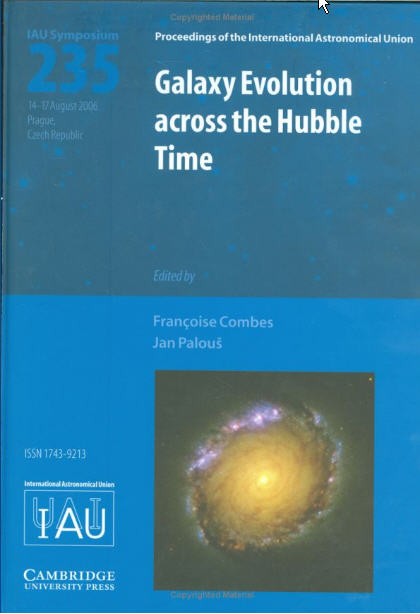The Evolution of IAU
Post on: 5 Июль, 2015 No Comment

NEW YORK ( TheStreet ) — In recent weeks, BlackRock (BLK — Get Report ). the company behind iShares Comex Gold (IAU ). has taken dramatic steps to set their physical gold fund apart from its competitors.
Thanks to the advent of exchange-traded funds, owning gold has become as easy as owning traditional bonds and equities. Investors looking for exposure to the yellow metal can play miners using Market Vectors Gold Miners ETF (GDX ) or gold futures contracts using PowerShares DB Gold Fund (DGL ). However, the most popular form of gold ETF remains the physically backed products: SPDR Gold Shares (GLD ). iShares COMEX Gold Trust (IAU ) or ETFS Physical Swiss Gold Shares (SGOL ).
Each of these funds tracks the price of physical gold by maintaining large stockpiles of the metal in designated vaults around the world. Since all three of these products boast identical investment strategies, choosing among them can be a difficult task. On initial examination, the funds tend to vary only by small dissimilarities; SGOL, for instance, features a lower fee of 0.01%, while each ETF stores their metal at different locations. However, IAU’s recent changes make it stand out from the crowd.
Launched on Jan. 21, 2005, IAU just barely missed out on being the first mover in the physical gold ETF arena. SPDR Gold Shares (GLD ) launched barely two months prior.

Although the window between GLD and IAU’s launch dates is small, it has made an enormous difference for the two funds’ popularity and size. Since its launch, GLD has managed to attract more than $50 billion in assets, making it the largest physical gold ETF. Comparatively, IAU boasts only $3.3 billion in assets, while the fledgling SGOL lags behind at less than $600 million in assets.
Historically, IAU has never held the upper hand when it came to costs either. Prior to the second half of 2009, physically backed gold ETFs were equal in terms of expenses, with both IAU and GLD charging investors 40 basis points. However, in September of last year, ETF Securities’ SGOL hit the markets with an expense ratio of 0.39%, allowing it to claim the title of least expensive physical gold ETF.
Unable to be considered the first, the largest, or the cheapest of the three gold funds, IAU was often forced to play second fiddle to its competitors. However, in recent weeks the fund has gone through a transformation aimed at elevating the fund to the top of the ranks.














